Tick Season Is Here: Tips to Stay Safe From Lyme Disease and Other Tick-Borne Illnesses
As we step into the season of hiking, gardening, and backyard barbecues, we’re not the only ones waking up and getting active. Ticks, those tiny, bloodthirsty hitchhikers, are also making their grand return. And with them comes the risk of Lyme disease, anaplasmosis, babesiosis, and other tick-borne illnesses.
Before you start worrying about never stepping outside again, take heart: A little preparation can go a long way in protecting yourself, your family, and your pets from these pesky parasites. Here’s how to get ready for tick season before they start looking for their next meal.
Understand When and Where Ticks Are Active

Ticks thrive in wooded areas, tall grasses, and leaf litter. They’re especially prevalent in humid environments and can be found in backyards, parks, and hiking trails. While they can be active year-round in some regions, spring and early summer are prime time for nymph-stage ticks, which are tiny (about the size of a poppy seed) and easy to miss but still capable of transmitting disease.
Prep Your Yard for Defense

Your first line of defense starts right at home. If you have a yard, take proactive steps to make it less inviting to ticks:
- Mow the Lawn Regularly – Ticks love tall grass, so keep your lawn trimmed short.
- Create a Barrier – A three-foot-wide gravel or woodchip border between your yard and wooded areas can help deter ticks from crossing into your space.
- Stack Wood Properly – If you have a woodpile, keep it neatly stacked in a dry area, as moist, shady environments attract ticks.
- Remove Leaf Litter and Brush – Rake up dead leaves and trim back overgrown shrubs to reduce tick hiding spots.
- Discourage Deer and Rodents – Deer and mice are primary tick hosts. Consider deer-resistant plants and store pet food securely to keep rodents away.
Treat Clothing and Gear

One of the most effective ways to prevent tick bites is to treat your clothing and outdoor gear with permethrin, an insect repellent that kills ticks on contact. You can purchase pre-treated clothing or spray your own gear. The best items to treat include hiking boots, socks, pants, and jackets. Permethrin-treated clothing remains effective even after several washes.
Follow Directions

For exposed skin, use EPA-approved tick repellents containing DEET, picaridin, or oil of lemon eucalyptus. Apply according to the instructions, paying extra attention to ankles, wrists, and behind the ears—prime tick attachment zones.
Dress the Part
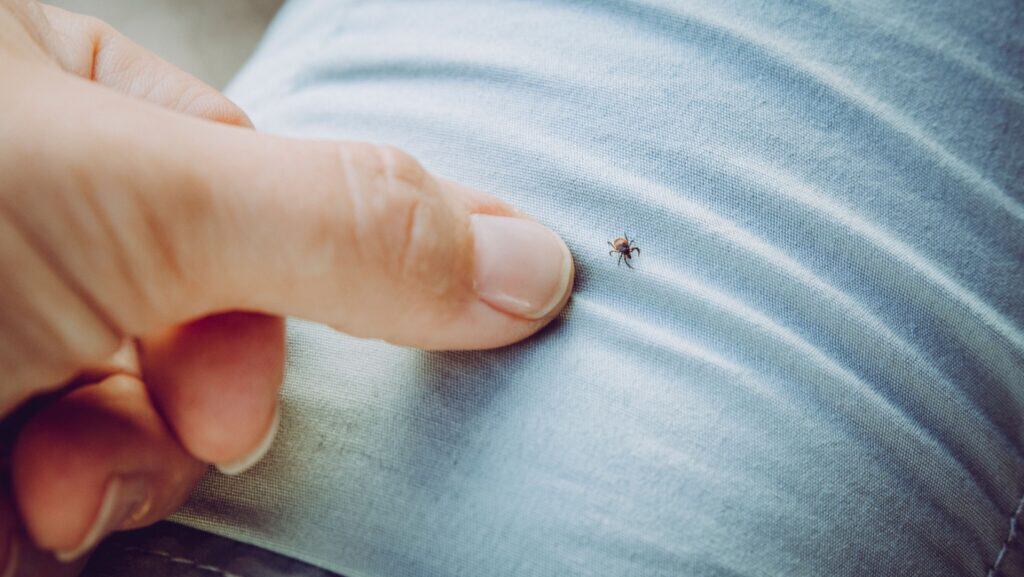
Ticks are stealthy but not invisible. Wear light-colored clothing to make them easier to spot. Long sleeves, long pants tucked into socks, and closed-toe shoes create physical barriers that make it harder for ticks to latch on.
If you’re spending time in particularly tick-heavy areas, consider wearing gaiters or tick-repellent socks for extra protection.
Be Mindful of Your Pets
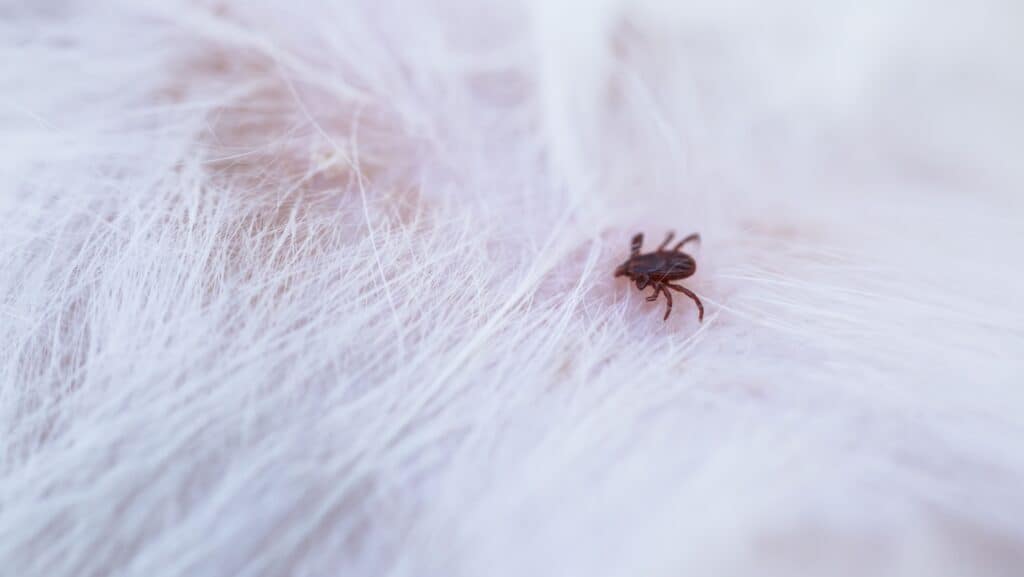
Dogs and outdoor cats are prime tick magnets, and they can carry these pests right into your home. Before tick season kicks into full gear:
- Consider Preventative Treatments Carefully – There are vet-approved topical treatments, tick collars, or oral medications, but many pet owners have opted to not use them because of apparent negative reactions.
- Check Pets Daily – Run your fingers through their fur, paying close attention to the ears, neck, underbelly, and between the toes.
- Bathe and Groom Regularly – A tick is more likely to be spotted and removed if your pet’s fur is clean and manageable.
Ticks can also hop onto pet bedding, so wash it frequently, and consider treating areas where your pet lounges with pet-safe tick repellents.
Perform Daily Tick Checks
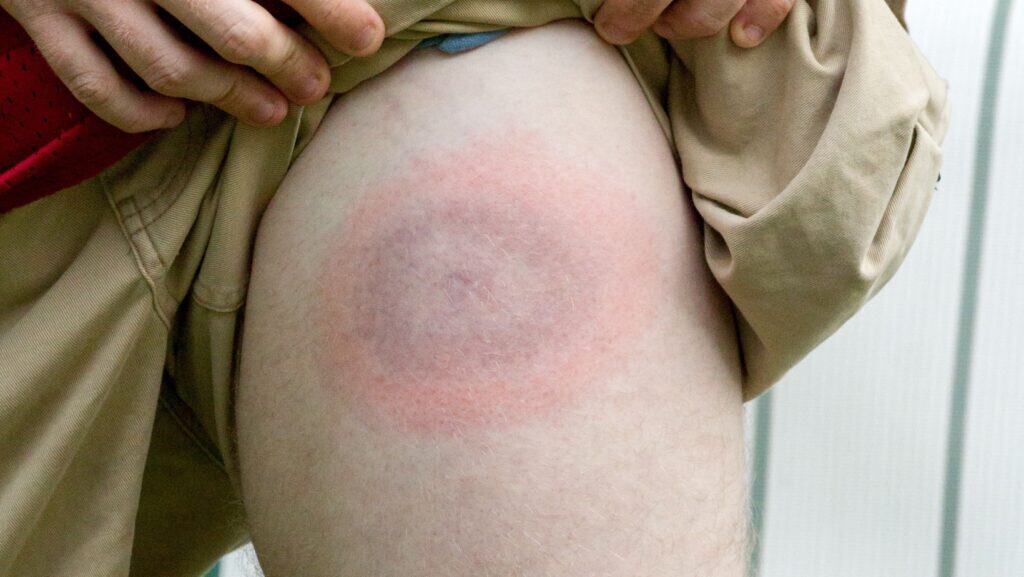
After spending time outdoors, especially in grassy or wooded areas, always do a thorough tick check. Ticks often crawl around for hours before attaching, giving you time to catch them before they bite. Check these key areas:
- Behind knees
- Groin areas
- Around the waistline
- Under arms
- Under breasts
- Around ears and hairline
- Between fingers and toes
- Along the back and neck
Shower!

Shower within two hours of coming indoors—studies show this can help reduce the risk of tick attachment.
Know How to Properly Remove a Tick
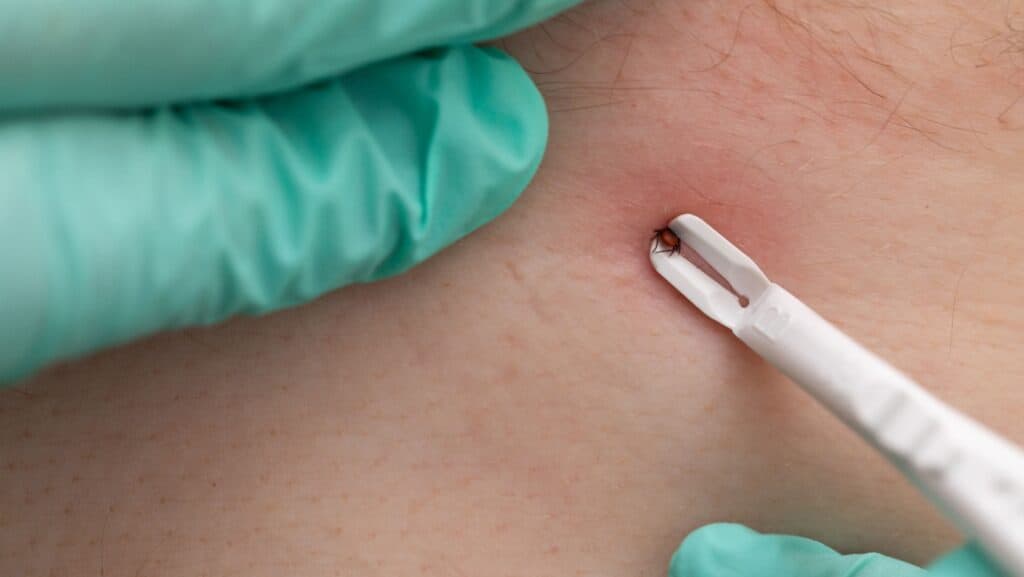
Even with all the precautions, sometimes ticks still manage to latch on. If you find one, don’t panic—just remove it correctly:
- Use fine-tipped tweezers to grasp the tick as close to the skin as possible, or use a tick rmeoval device.
- Pull straight out with steady pressure if using tweezers—don’t twist or jerk as this can leave parts of the tick embedded.
- Disinfect the bite area with rubbing alcohol or soap and water.
- Dispose of the tick by flushing it down the toilet (if dead) or placing it in a sealed bag.
PS: I once washed a load of laundry, and when I opened the lid to remove the clothes to put them in the dryer, a d*amn tick was sitting there
Monitor for any signs of illness, such as fever, rash, or flu-like symptoms, and contact a doctor if needed.
Don’t Do This!

Avoid folklore such as “painting” the tick with nail polish or petroleum jelly, or using heat to make the tick detach from the skin. Your goal is to remove the tick as quickly as possible–not waiting for it to detach.
Stay Informed About Tick-Borne Diseases

Lyme disease may be the most well-known tick-borne illness, but it’s not the only one. Babesiosis, anaplasmosis, ehrlichiosis, Powassan virus disease, tularemia, and Rocky Mountain spotted fever are also risks, depending on where you live. Symptoms of tick-borne diseases can appear days or even weeks after a bite and often mimic the flu, so don’t ignore unusual fatigue, joint pain, or fever, especially if you recall a tick encounter.
Consider a Tick Control Service
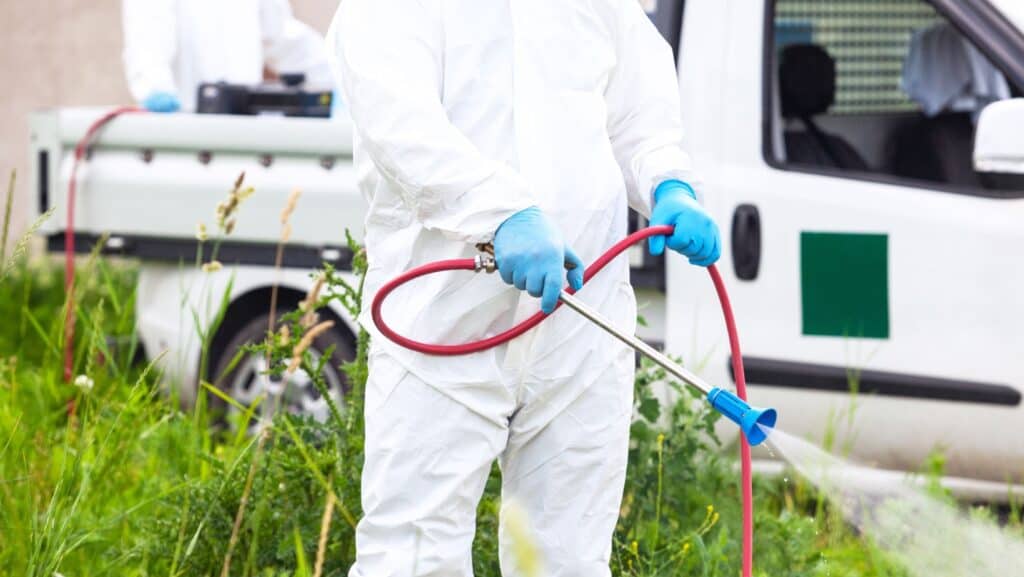
If you live in a tick-prone area and have ongoing concerns, professional tick control services can help. These companies apply targeted treatments to your yard to significantly reduce the tick population. Just be sure to choose one that uses environmentally responsible methods.
Final Thoughts
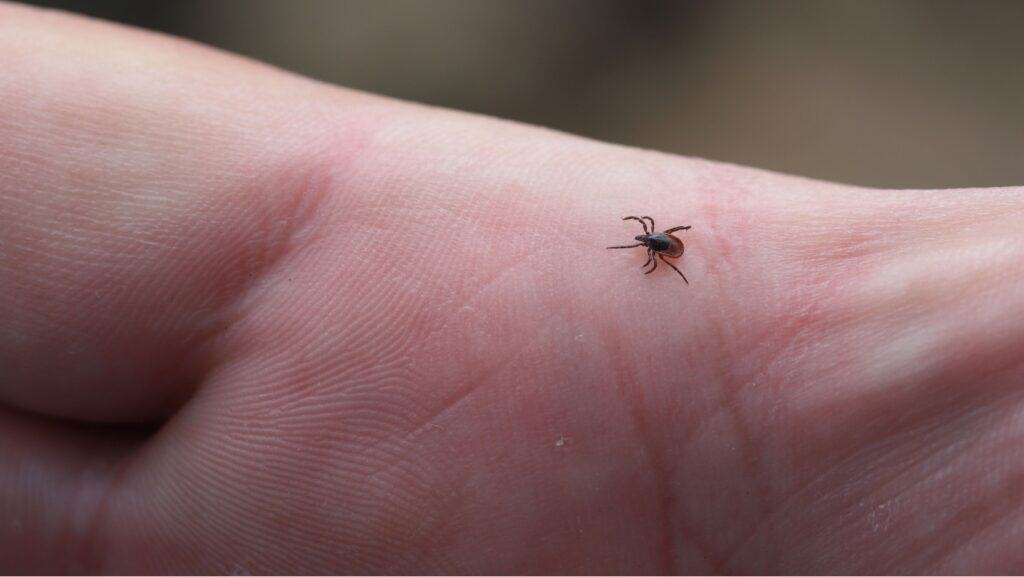
Ticks may be an unavoidable part of spring and summer, but with the right preparation, you can dramatically lower your risk of bites and disease. A combination of yard maintenance, protective clothing, repellents, and daily tick checks can keep you and your loved ones safe while still enjoying the great outdoors.
So, get out there, soak up the fresh air, and explore with confidence—just be tick-smart while doing it!
10 Symptoms of Lyme Disease That Americans Ignore All the Time

READ: 10 Symptoms of Lyme Disease That Americans Ignore All the Time
Lyme disease is a bacterial infection transmitted through the bite of infected blacklegged ticks. It’s prevalent in areas such as the Northeast, mid-Atlantic, and upper Midwest regions of the United States. Early detection is key, as untreated Lyme disease can result in severe complications affecting the joints, heart, and nervous system. Despite its seriousness, many Americans overlook the early warning signs of Lyme disease. This article highlights 10 symptoms that people frequently ignore, supported by direct links to credible sources for further information.
Join Us

Join us on this empowering journey as we explore, celebrate, and elevate “her story.” The Queen Zone is not just a platform; it’s a community where women from all walks of life can come together, share their experiences, and inspire one another. Welcome to a space where the female experience takes center stage. Sign up for our newsletter so you don’t miss a thing, Queen!







